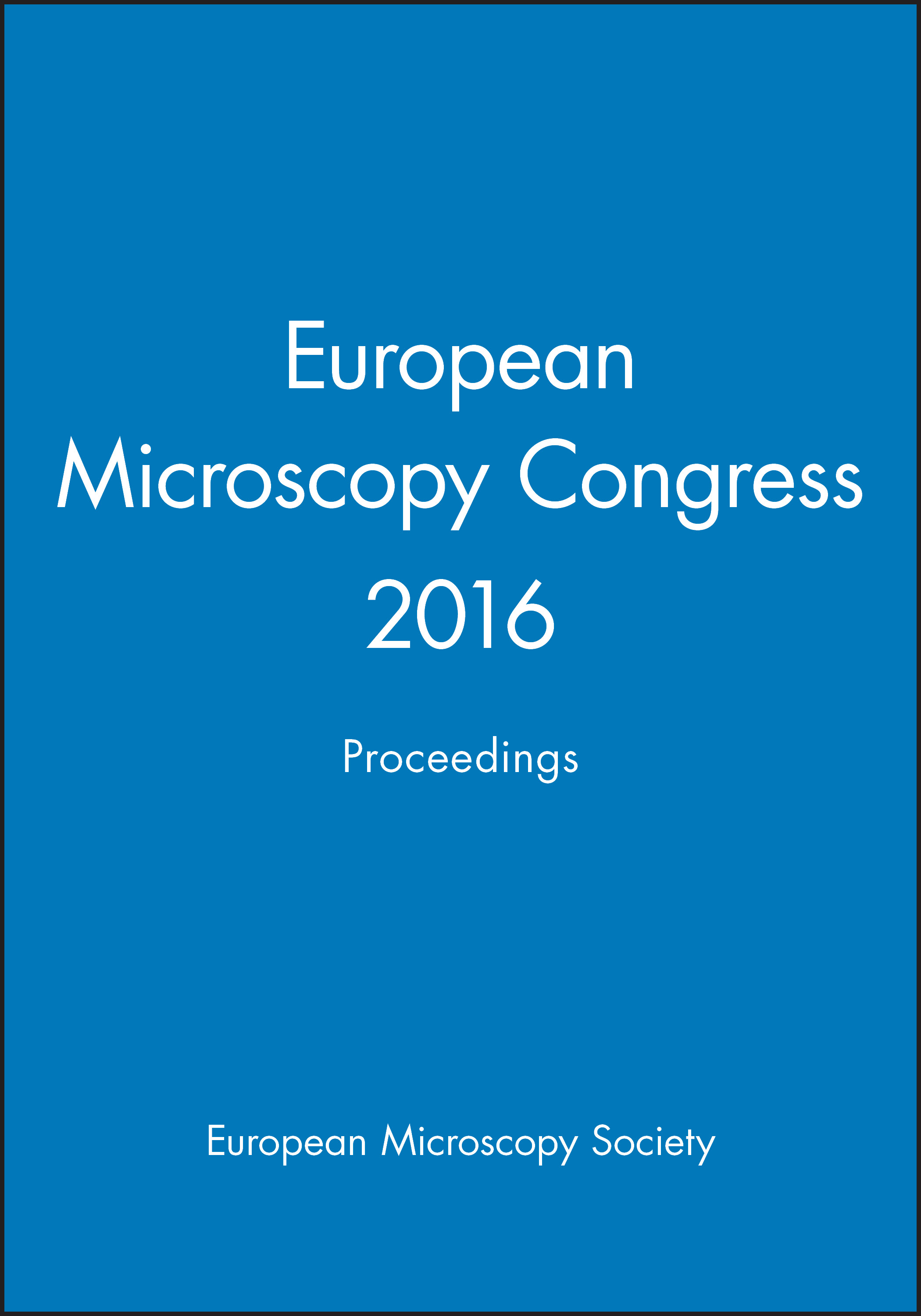Colloidal Rods in Irregular Spatial Confinement
Abstract
Spontaneous assembly of anisometric colloidal particles, such as rod-like particles, in two-dimensions (2D) can be carried out via incubation of colloid-containing suspensions on solid surfaces [1]. Rod-like particles having a high aspect ratio (e.g. very long inoviruses) show liquid crystal (LC) behavior in suspensions. An ordered medium of liquid crystals often possesses a variety of defects, at which the director n(r) of the liquid crystal undergoes an abrupt change. Experimental research on these effects has remained challenging and has not been performed, to our knowledge, on confined rod-like colloidal particles on irregularly structured substrates. Therefore, we studied semi-flexible M13 phages in contact with irregular stranded webs of thin amorphous carbon (a-C) films (Figure 1a,b) using transmission electron microscopy (TEM) and theoretical considerations. In this work, we show that on the structureless and wide amorphous carbon (a-C) surface areas, far from the surface edges, the phages exhibited random orientations (Figure 1c). However, close to the surface edges the orientation of M13 phages in two-dimensional nematic films was controlled by the orientation and curvature of the edges. When constrained to surface strands, the M13 phages adopted a configuration that matched the confining boundary conditions (Figure 2). An annulus sector was superimposed on these oriented phage bundles that allowed us to derive analytic expressions for the bending energy of such oriented bundles. Our theoretical approach provides an explanation for the different number of phages orienting close to the surface edges with different local curvatures. By comparing the self-assembly on differently shaped carbon substrates, it was demonstrated that the alignment of the phages can be controlled by choosing appropriate substrate shapes [2]. This offers a convenient means to fabricate designed structures of orientationally ordered M13 phages. The understanding of such systems opens up new possibilities for defect engineering of liquid crystals, which can be beneficial for applications of liquid crystals in the presence of microscopic surface pores and irregularities.



